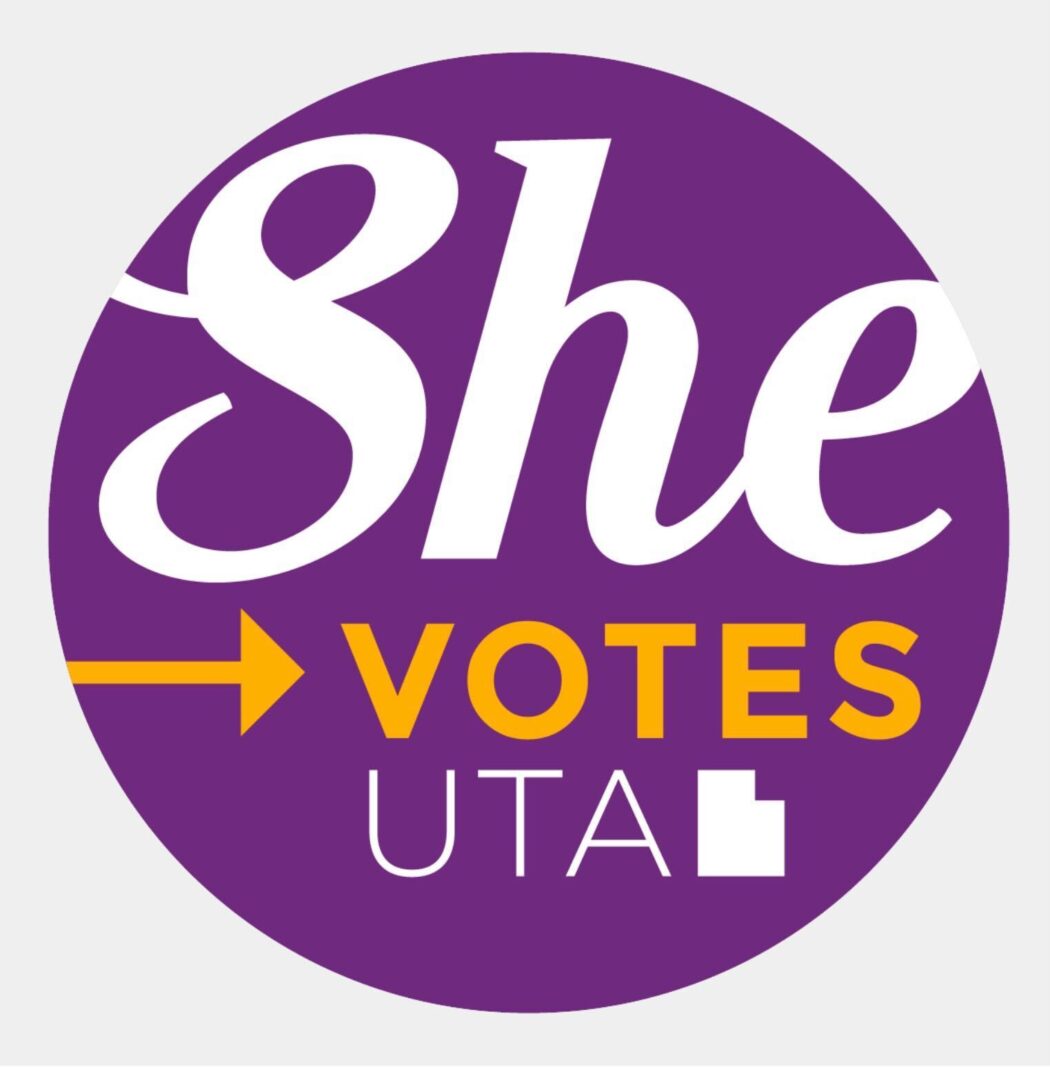She Votes Utah project: Helping women use their voice
According to She Votes Utah, getting information on local policies and candidates can be as easy as scanning a QR code.
She Votes is a project collaboration between the news stations KUER and PBS Utah. The two organizations have a biweekly newsletter providing new voters with nonpartisan information.
The goal of the newsletter is to give women confidence in the election system. PBS Utah and KUER are hosting shows about the elections this month to help young adults make informed decisions when voting.
J.R. Hardman, PBS Utah’s project manager, and Elenor Gomberg, who spearheads KUER’s contribution, decided to pilot this project after a study by the Utah Women and Leadership Project came out with new information on women and voting.
“Their research discovered that women’s participation has declined in Utah since the 1990s,” Hardman said. “There was one point in the 1990s where women in Utah were participating at the highest number of any state in the United States. Then in 2006, it went down to the lowest.”
Hardman said that today, Utah women are still on the lower side of the spectrum when it comes to voting.
Historically, Utah women were the first to vote in the U.S., though their right was taken away in 1887 when the Edmunds-Tucker Act was passed to push for the end of polygamous practices. Their right to vote was later restored by the 19th Amendment. Utah also had the first ever female state senator, Martha Hughes Cannon, in 1896.
In regard to women’s history in voting, Hardman finds it concerning that their political participation has fallen.
Hardman said that Utah is often ranked as the last or second to last state for women’s equality in regard to equal pay and equal representation in government.
“I think that’s a big problem. I think if we had more participation from women, and women knew more about what was going on and how to get in touch with their elected officials, how to make their voices heard, that might be able to change,” Hardman said.
KUER and PBS Utah collaborated as local news stations to help Utah women find out about local officials and policies.
Another project done by the UWLP showed that women’s top policy priority is education, while men tend to focus on public health, taxes and government spending.
“As a priority of education being at the top for women, they should also know what’s going on with taxes and government spending,” Hardman said.
Utah has one of the most active community members in terms of volunteering to better communities according to Hardman. She said by turning the agenda of active female community members towards politics, women will be able to make a difference in a new way.
With Utah’s voting system, voters are able to do research before making decisions. This is due to Utah’s use of mail-in ballots since 2013. Hardman said that seeing names and policies to be voted on can give voters a chance to do last minute research, which contrasts with other states that require in-person voting.
“The best way to feel confident in the election system, or any system, is to have good information,” Hardman said.
Ultimately, Hardman said the goal of the newsletter is to provide excitement and explanation of what the voting process is for new voters and to aid women in speaking up for the changes they want to see in their communities.
To subscribe to the weekly newsletter, visit pbsutah.org. Past newsletters can also be found on the site.

